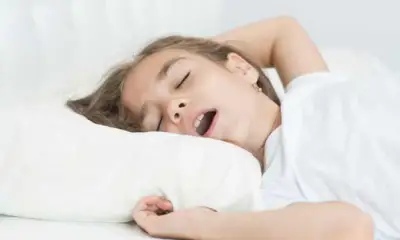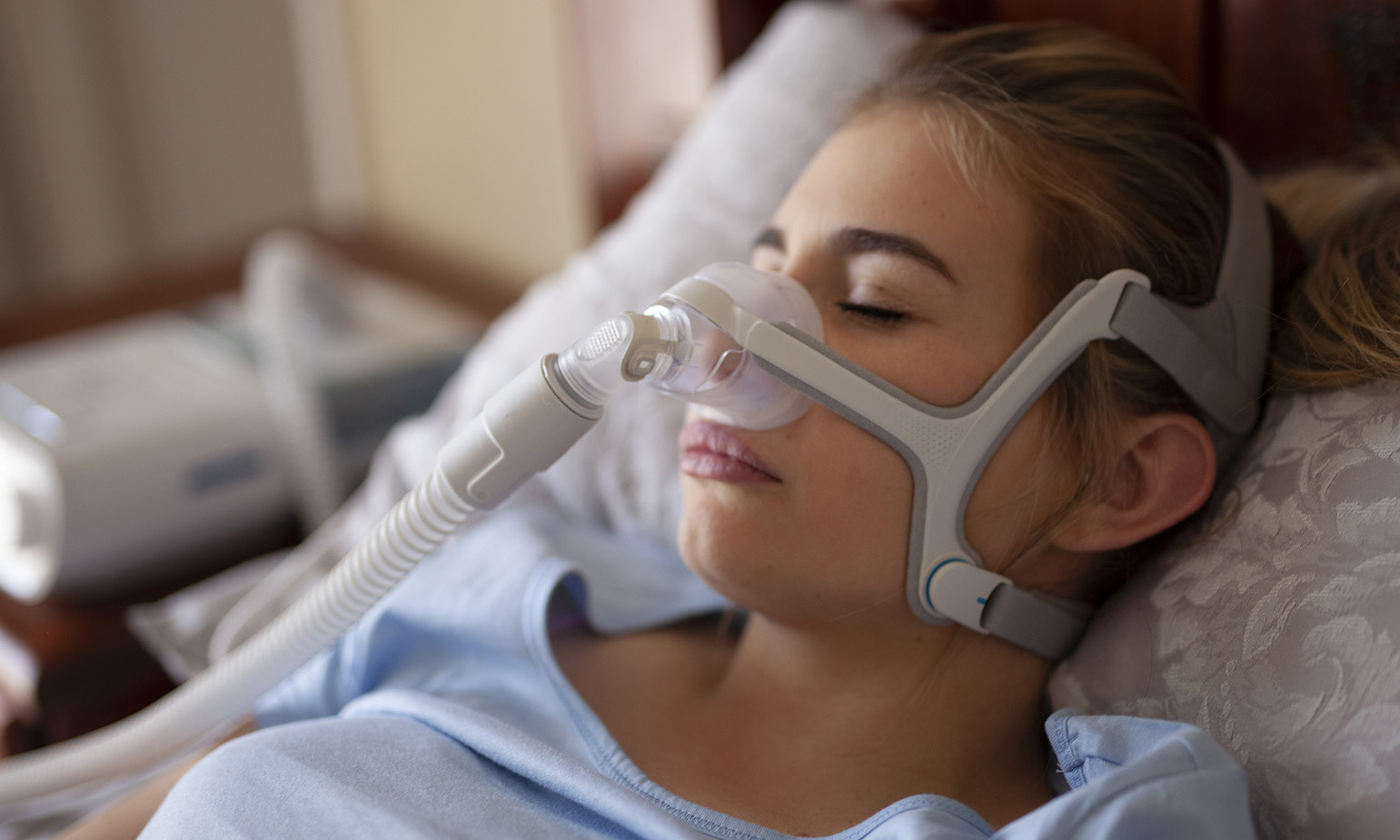Obstructive Sleep Apnea In Kids: The Causes And The Symptoms
What is Obstructive Sleep Apnea?
Obstructive sleep apnea is a common respiratory disorder that causes the upper airway to collapse during sleep. This disrupts breathing and causes the person to wake up. Obstructive sleep apnea usually affects older men, but can affect women and children as well. Symptoms can range from brief gasps to heart rhythm irregularities. Read on to learn more about this sleep disorder.
If you suspect you have the disorder, your doctor will perform a sleep study. This test will record your oxygen level and heart rate while you sleep. It can also detect the cause of your sleep apnea. Once you’ve had a sleep study, your health care provider will likely do a physical examination. He or she will examine your throat and neck and check your heart rate and blood oxygen levels.
Treatment for obstructive sleep apnea depends on a variety of factors. A child may have asymptomatic obstructive sleep apnea for the first few years of life. However, it’s important to remember that most children outgrow this disorder as they grow and mature. Monitoring, however, may continue for longer periods. If it persists or if it is a symptom of another health condition, treatment will include treating the primary cause of the problem. Parents can also look at buying mattresses with different types of mattress springs for their child suffering from sleep apnea.
Causes Of Obstructive Sleep Apnea In Kids
Enlarged Tonsil
One of the most common causes of Obstructive Sleep Apnea in kids is an enlarged tonsil or adenoid. These enlarged tonsils or adenoids can block the airway during sleep, causing the airway to partially or completely close. During the day, muscles in the neck and head help to keep the airway open and free of obstruction. While asleep, muscle tone in the neck and head decreases, and tissue tends to move closer together.
Frequent Infections
While there are many other causes of sleep apnea in children, it is most common in the early years of development. Frequent infections of the tonsils, adenoids and ear canals are common. Because the symptoms of obstructive sleep apnea can be similar to those of these disorders, parents need to seek a doctor’s diagnosis. The physician may refer the child to a sleep doctor, otolaryngologist, or pulmonary doctor.
Obstructive Sleep Apnea In Kids: The Symptoms
Large Tonsil
While we think of obstructive sleep apnea in adults, it is more common in children. The disorder causes children to stop breathing for short periods during sleep. Large tonsils and adenoids can cause this problem. Symptoms of obstructive sleep apnea in children include daytime sleepiness and irritability. Surgical removal of large tonsils may be necessary.
Lack Of Concentration And Feeling Tired
In addition to the symptoms of sleep apnea in children, your child may also have problems concentrating, feeling tired, or even refusing breakfast. Obstructive sleep apnea is also associated with poor growth and poor school performance. A sleep study is the main method used to diagnose OSA in children. Your child will be most likely to be diagnosed with the disorder if you observe any of these symptoms.
Snoring And Gasping
The most common symptoms of obstructive sleep apnea are snoring and gasping. In fact, up to two percent of children will experience this condition. As a result, your child may also suffer from learning and behavioural problems. Fortunately, the condition can be successfully treated and managed. Your child will benefit from getting the best sleep possible.
Nocturnal Enuresis And Daytime Nasal Breathing
Early diagnosis is crucial. Most children with OSA experience habitual snoring. In severe cases, this symptom may not be present. Other common symptoms of OSA in children include nocturnal enuresis and daytime nasal and mouth breathing. They may also exhibit excessive daytime somnolence. In some cases, children may experience hyperactivity or a growth disturbance.
In the event your child is suffering from obstructive sleep apnea, you should seek medical care as soon as possible. Early treatment will ensure normal growth and development. Surgery may be necessary to remove the enlarged tonsils and adenoids, which are the most common causes of this condition in children. If surgery is not an option, a CPAP machine can help your child get a healthy night’s sleep. You also need to find out which direction is best for sleep for your kid.

Obstructive Sleep Apnea In Kids: The Causes
Adenoids
There are several possible causes of Obstructive Pediatric Sleep Apnea. In general, enlarged tonsils or adenoids can be the culprit. These glands, located at the back of the throat, can become so large and inflamed that they block the airway during sleep. In addition, children may have craniofacial abnormalities, neuromuscular disorders, or enlarged tonsils.
Infection In The Mouth
Infections in the child’s mouth, throat, or adenoids may also be a factor. Frequent infections of the tonsils, adenoids, or ear canals may be symptoms of obstructive pediatric sleep apnea. As these symptoms often mimic other conditions, it is important to consult a physician to rule out other causes. A sleep specialist, pulmonary doctor, or otolaryngologist can diagnose and treat the problem.
Down Syndrome
Down syndrome and enlarged tonsils and adenoids are two conditions that may contribute to this disorder. Children with Down syndrome have a higher chance of developing obstructive sleep apnea. By age four, 60% of children with Down syndrome show signs of abnormal sleep studies. The overall incidence of sleep apnea in children grows. When left untreated, it may lead to several serious problems including heart failure, pulmonary hypertension, and behavioural disorders.
The Last Call
There is no cure for obstructive paediatric sleep apnea, but treatment options can be effective for some patients. Treatments for obstructive paediatric sleep apnea include surgery and the use of a specialised medical device. If your child has been diagnosed with OSA, he or she may be a candidate for CPAP therapy. It can lead to behavioural and academic problems, as well as developmental issues. It is important to note, however, that your child’s symptoms do not necessarily mean he or she has a condition. Always seek professional advice and treatment for your child’s condition.

